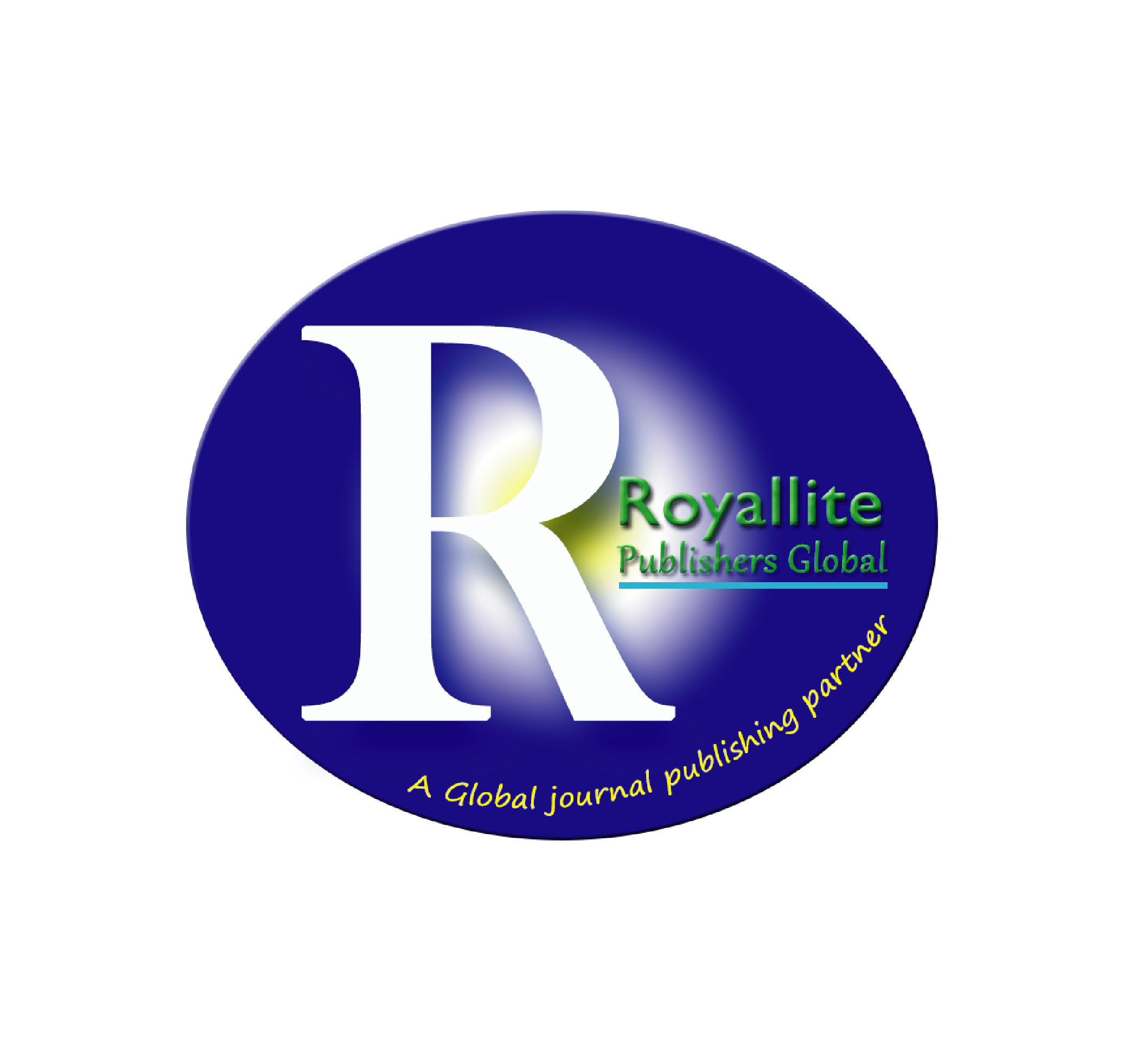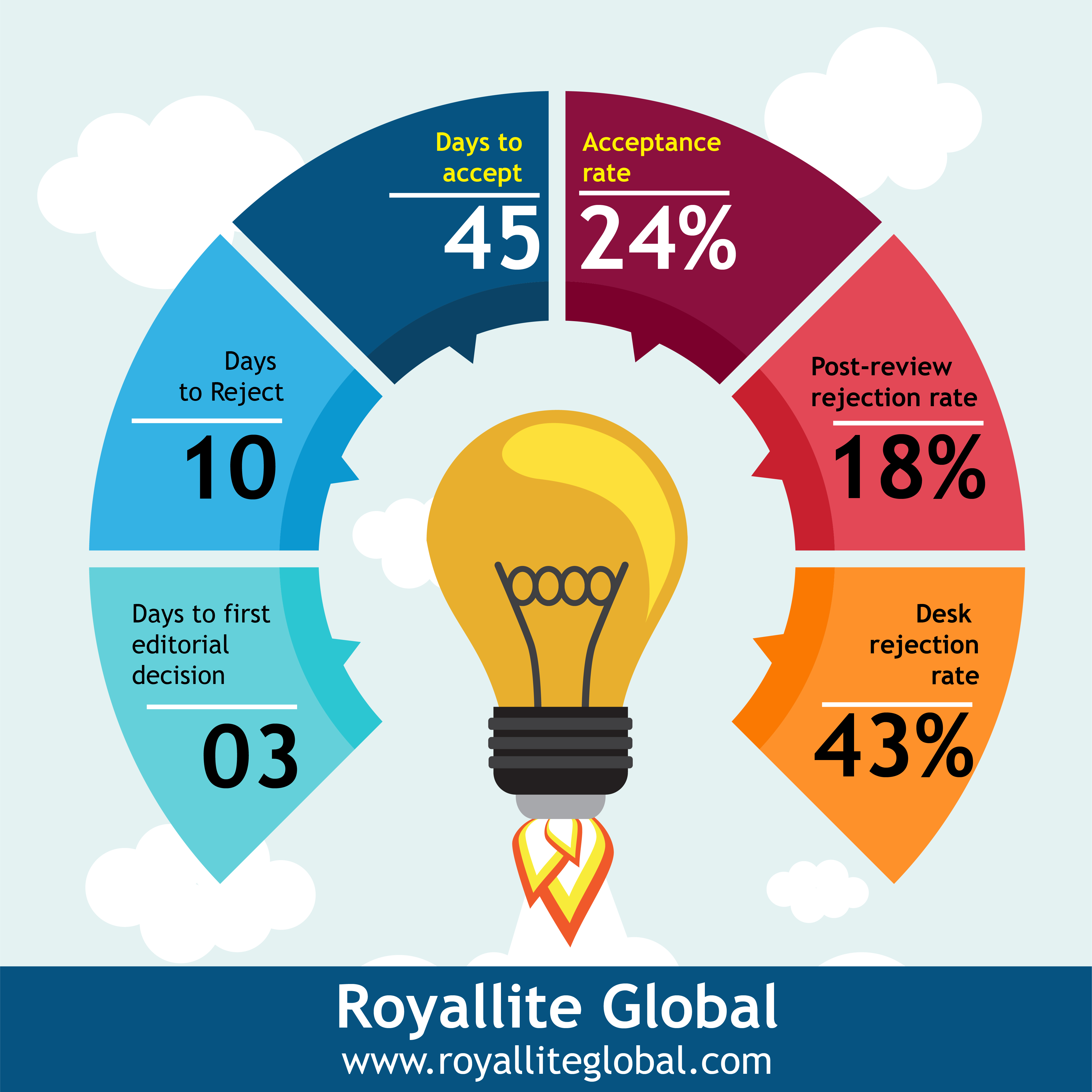Examining the Linguistic Landscapes of the New Juaben Municipality, Ghana
Keywords:
dimension, Juaben, landscape, linguistics, sociolinguisticsAbstract
Linguistics landscape is a new dimension in the field of linguistics that has recently received a considerable amount of researches. This paper aimed at examining the language used on the billboards; what motivates the choice of language and the meaning that such writings convey to the people of New Juaben in the Eastern region of Ghana. Both quantitative and qualitative methods were employed in this research. The paper is limited to writings on the billboards in New Juaben geographical area. During the data collection, cameras and recorders were used. The result indicated that English is dominant language among the languages used to write on the billboards.
References
Akindele, D. O. (2011), Linguistic Landscapes as Public Communication Study of Public, Signage in Gaborone, Botswana. International Journal of Linguistics, 3(1), 39
Backhaus, P. (2007). Linguistic landscapes: A comparative study of urban multilingualism in Tokyo. Clevedon, UK: Multilingual Matters.
Cenoz, J., &Gorter, D. (2006). Linguistic landscape and minority languages. International Journal of Multilingualism, 3, 67-80.
Chesnut, M., Lee, V. & Schutte, J (2013). The Language Lessons around Us: Undergraduate English Pedagogy and Linguistic Landscape Research, 12(2), 102-120.
Coulmas, F. (2013). Sociolinguistics: The Study of Speakers’ choices. Cambridge: Cambridge University Press.
Gray, A. W (1996). Canoe Decoration and Meaning among the Fante of Cape Coast. African Diaspora ISPs.25.
Kress, R. G. (2009). Multimodality: a social semiotic approach to contemporary communication. Routledge, London: DOI: http://doi. org/10.4324/9780203970034.
Labov, W. (1984). Field methods of the project on linguistic change and variation. In J. Baugh, &
J. Sherzer (Eds.), Language in use (pp. 28-53). Englewood Cliffs, NJ: PrenticeHall. Landry, R., &Bourhis, R. Y. (1997). Linguistic Landscape and Ethnolinguistic Vitality, an Empirical Study. Language and Social Psychology, 16(1), 23-49
Malinowski, David. (2009). Authorship in the linguistic landscape: a performative multimodal view. In Elana Shohamy & Durk Gorter (eds) Linguistic Landscape. Expanding the scenery. New York: Routledge
Xia, N. & Li, L. (2006). Studying Languages in the Linguistic Landscape of Lijiang Old Town.International Journal of English Linguistics; 6(2). Retrieved from https://doi.org/10.1017/CBO9781139794732
Sebba, M. (2010). Discourses in transit. In Jaworski, A. &Thurlow, C. (Eds.),Semiotic landscapes: Language image, space (59–76). London, UK: Continuum.
Walden, P. (2012). The Socio-cultural Significance of Canoe Decoration among the People of the Efutu Traditional Area in the Central Region of Ghana. M.A Thesis submitted to the School of Graduate Studies Kwame Nkrumah University of Science and Technology.
Downloads
Published
Issue
Section
License
This open-access article is distributed under a Creative Commons Attribution (CC-BY) 4.0 license.
You are free to: Share — copy and redistribute the material in any medium or format. Adapt — remix, transform, and build upon the material for any purpose, even commercially. The licensor cannot revoke these freedoms as long as you follow the license terms.
Under the following terms: Attribution — You must give appropriate credit, provide a link to the license, and indicate if changes were made. You may do so in any reasonable manner, but not in any way that suggests the licensor endorses you or your use.
No additional restrictions You may not apply legal terms or technological measures that legally restrict others from doing anything the license permits.






